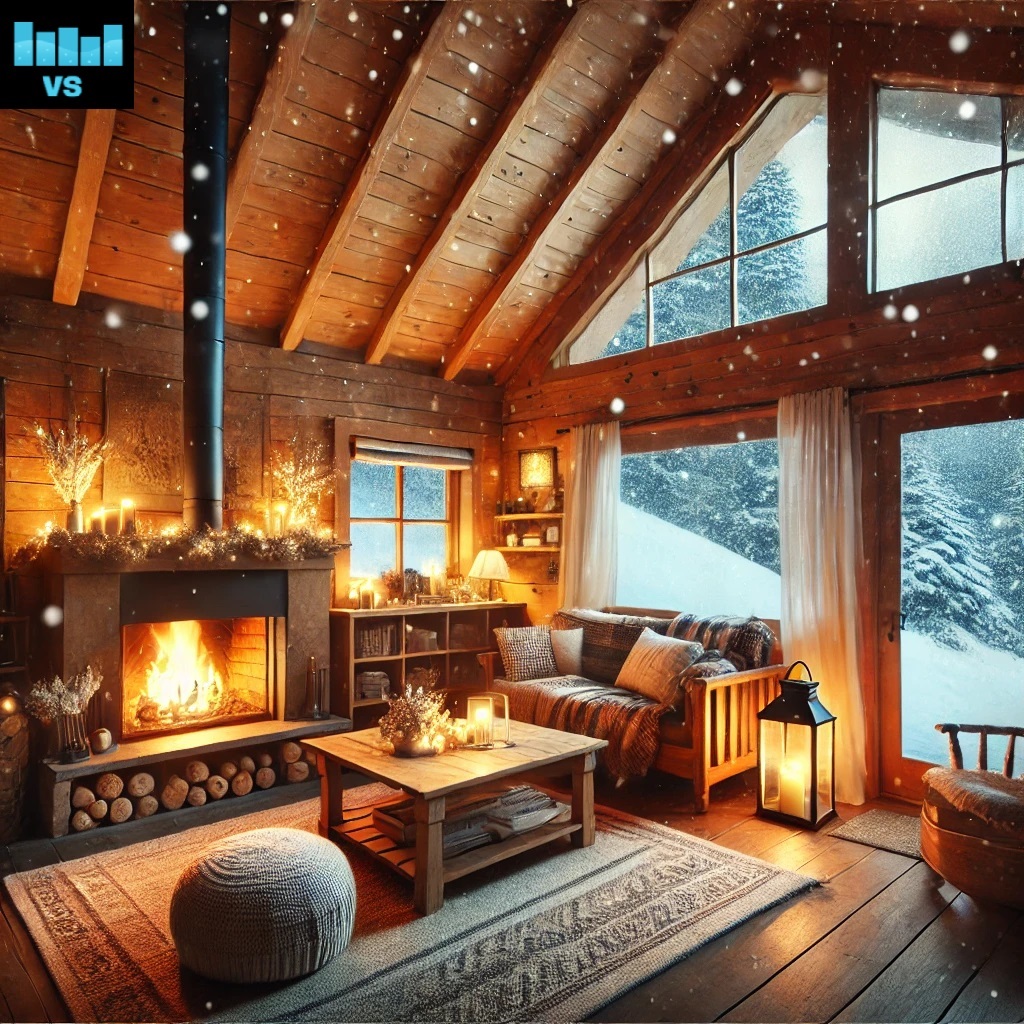How Atmosphere Influences the Vibe: Creating the Right Energy in Any Space
When we walk into a new room, attend an event, or visit a café, we often have an immediate sense of the place’s vibe. This overall feeling—the emotional energy we sense—is shaped by many factors, one of the most important being the atmosphere. The atmosphere is the combined feeling, mood, and sensory elements of a place or situation, and it plays a central role in determining the vibe. The right atmosphere can energize a group, calm the mind, or create an inviting environment that fosters connection.
In this article, we will explore how atmosphere works as a synonym for vibe, why it is essential for creating the right energy in any space, and how you can manipulate the atmosphere to craft the desired vibe in various settings, from social gatherings to professional environments.

What is Atmosphere? A Vibe Synonym Defined
At its essence, atmosphere refers to the emotional and sensory environment surrounding a place, person, or event. It is more than just the physical setting; it’s the intangible feeling or mood that the environment conveys. Atmosphere is shaped by several factors, including lighting, sounds, decor, layout, and even the people present.
When people talk about the vibe of a room or event, they are often referring to the atmosphere that is created by these elements. For example, a well-lit, cozy room with soft music and comfortable furniture will create a relaxed and welcoming atmosphere, resulting in a calm and pleasant vibe. Alternatively, a stark, noisy room with harsh lighting might create a tense or uncomfortable vibe due to the atmosphere.
Just like vibe, atmosphere affects how people feel and behave within a space. It can uplift spirits, encourage productivity, or even foster creativity. Understanding how atmosphere works allows us to manipulate and enhance the energy in any space to create the desired vibe.
How Atmosphere Shapes the Vibe in Different Environments
The atmosphere of a space plays a significant role in defining its overall vibe. From homes to workplaces to social events, the way we perceive the environment is largely influenced by the atmosphere that surrounds us. Let’s look at how the atmosphere contributes to the vibe in different environments.
- Home Environment: The atmosphere in your home can set the tone for your daily life. A well-designed, comfortable space with soft lighting, warm colors, and personal touches creates a welcoming and peaceful vibe. On the other hand, a cluttered, cold, or sterile environment can feel draining or uninviting, affecting the emotional energy of the space. A relaxing atmosphere fosters calm and restfulness, while a vibrant one can energize family members and guests.
- Workplace Setting: The atmosphere of an office or workplace significantly impacts productivity, motivation, and well-being. A clean, organized workspace with good lighting, collaborative spaces, and a comfortable layout can create a positive, energetic vibe, encouraging employees to engage and collaborate. Conversely, a drab or chaotic office environment can create a negative vibe, leaving employees feeling stressed, uninspired, or disconnected.
- Social Events: Whether it’s a wedding, party, or dinner gathering, the atmosphere plays a central role in creating the desired vibe. Soft lighting, upbeat music, and beautiful decor can create a joyful, celebratory atmosphere, encouraging guests to mingle and enjoy the moment. On the other hand, a more intimate gathering might have a softer, more serene atmosphere, fostering connection and conversation. The atmosphere dictates how guests experience the event, shaping the overall vibe of the occasion.
By adjusting the atmosphere to match the intended purpose of a space, you can dramatically alter the emotional energy and overall vibe.
Elements That Shape Atmosphere and Vibe
Several elements contribute to the atmosphere of a place and, by extension, the vibe it generates. These elements work together to create a cohesive energy that influences the mood of everyone present. Let’s explore some of the most important factors:
- Lighting: The type and quality of lighting in a space can dramatically change its atmosphere and vibe. Bright, white lighting tends to energize and invigorate, creating an active and dynamic vibe. Soft, warm lighting, on the other hand, creates a cozy, intimate atmosphere that encourages relaxation and connection.
- Sound: Music, background noise, or the quietness of a space can also influence the atmosphere. For instance, soft background music can create a calming or romantic vibe, while upbeat tunes can energize a crowd and make a space feel lively. In quiet spaces, such as libraries or meditation centers, silence can contribute to a peaceful and contemplative atmosphere.
- Color and Decor: The colors and furnishings in a space can also shape the atmosphere and vibe. Bright colors like yellow and orange can create a cheerful and vibrant vibe, while cooler tones like blue and green are calming and soothing. The decor style—whether minimalist, bohemian, or industrial—also plays a part in setting the atmosphere.
- People: The behavior, energy, and presence of people also contribute to the atmosphere of a space. Positive, open-minded people create an uplifting, welcoming vibe, while tense, hostile individuals can bring down the overall mood. The collective energy of the group can alter the vibe of a place or event.
- Temperature: The temperature of a room or space can affect how comfortable people feel, influencing the atmosphere. A too-cold environment might create an uncomfortable or tense vibe, while a cozy, warm space encourages relaxation and ease.
These elements interact and complement each other, creating a holistic atmosphere that influences the overall vibe of the space or event.
How to Create the Desired Atmosphere for the Right Vibe
If you want to shape the vibe of a space or situation, adjusting the atmosphere is key. Here are a few tips for creating the right atmosphere to set the desired vibe:
- For Relaxation: If you want a calming and peaceful vibe, focus on creating a soothing atmosphere by using soft lighting, comfortable furniture, and a quiet, serene environment. Consider adding natural elements, like plants or calming scents, to enhance the tranquility.
- For Energy and Creativity: To encourage energy, collaboration, and creativity, aim for a bright, open atmosphere with vibrant colors, plenty of light, and stimulating elements. Add interactive or communal spaces for group work, and use music to keep the energy flowing.
- For Intimacy: If you’re hosting a small gathering or dinner and want an intimate vibe, create a warm and cozy atmosphere with soft lighting, intimate seating arrangements, and personal touches like candles or artwork.
- For a Professional Vibe: In professional or business settings, you may want to craft an atmosphere of professionalism and focus. This can be achieved with clean, organized spaces, neutral colors, and a more formal layout. Limit distractions and encourage quiet concentration to foster a productive vibe.
By understanding how to adjust the elements that influence atmosphere, you can create the ideal setting to produce the desired vibe in any situation.
Conclusion
The atmosphere of a space plays a fundamental role in shaping the vibe of that environment. From the lighting and decor to the people present and the energy they bring, the atmosphere affects how we feel and interact with our surroundings. Whether you are designing a home, creating a welcoming work environment, or hosting a social event, being mindful of the atmosphere you create will help ensure the vibe aligns with your intentions.
By understanding how atmosphere works as a synonym for vibe, you can harness its power to shape the energy of any space and enhance the overall experience of those involved. The right atmosphere can energize, calm, and inspire, creating a dynamic and enjoyable vibe for everyone present.
